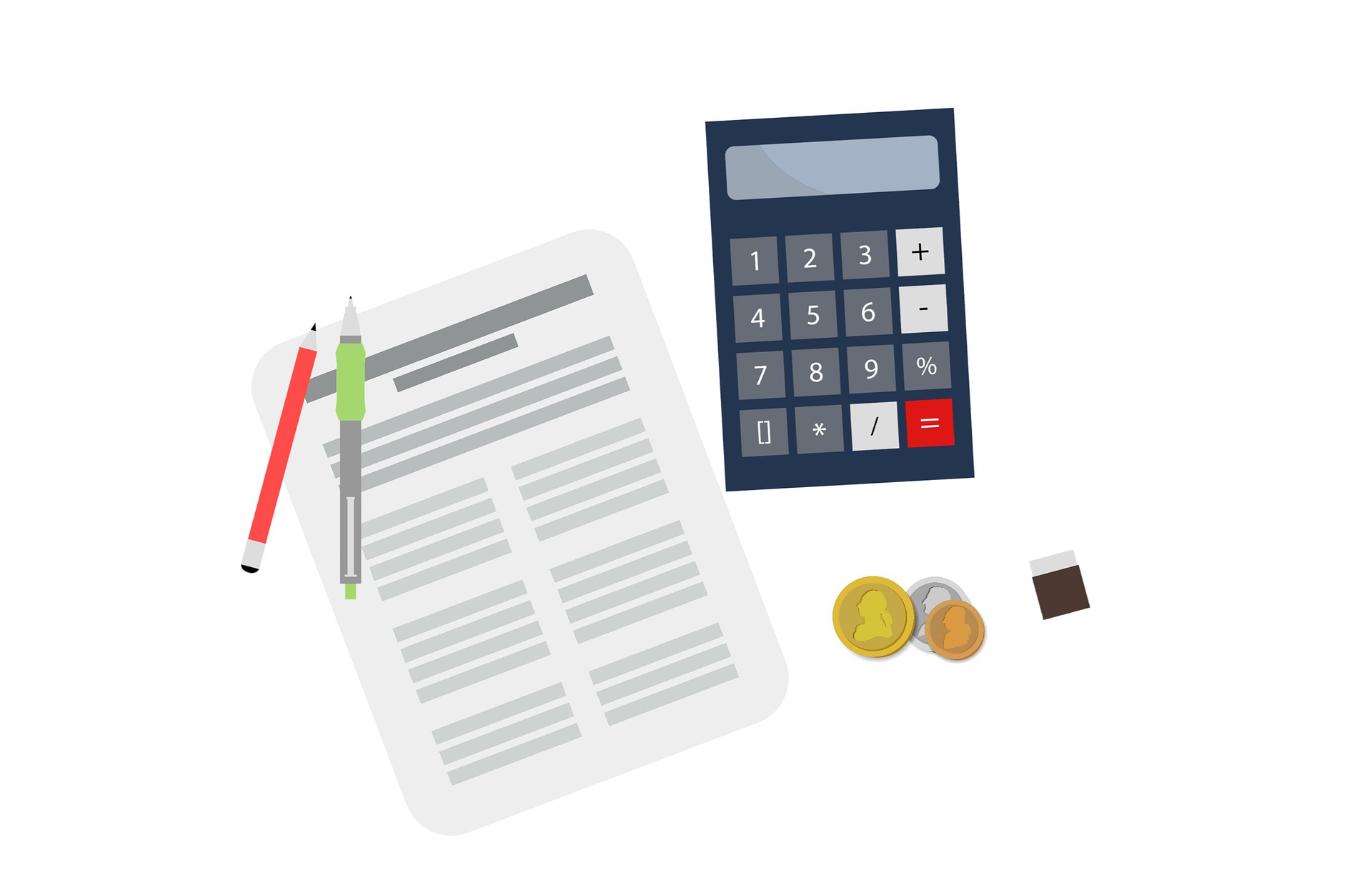Working from home has never been more convenient. Flexible working hours and the rise of new small enterprises mean that there is a growing workforce eager to do exactly that, and what better location to do it than from a garden office or studio. Here are some pointers on how to construct a garden office, but don’t forget to consult your builder or the local planning commission before getting started.
The modern garden office is an excellent place to work from home, and there are several benefits to doing so. Because there are so many conflicting demands on space, carving a workplace out of existing space may be tough. Furthermore, many self-employed persons feel that they need to get away from the distractions of home life — the commute to work, albeit a leisurely stroll down a path, is an important commute that keeps home and works life apart. Garden room planning permission usually does not require.
Careful planning
Most buildings offered by specialized home office suppliers will conform with or be exempt from planning clearance in most cases. This has to do with the building’s volume and total height. Garden offices should not take up more than half of the garden space, and heights should be limited to 3m for flat roofs and 4m for ridged roofs. Structures should not be placed between the home and the road, with a standard distance of 20 meters being used. Any constructions that do not follow these fundamental guidelines will be subject to planning approval.
From shed to office
Depending on your planned application, you may additionally require sound insulation. Double glazing, heating, lighting, and water and power mains connections improve comfort and year-round usage. Many garden office structure suppliers will include such services as part of a package, with some even dealing with planning authorities on your behalf. This creates a flexible area for overspill guest housing by providing a pleasant and simple office to which a bathroom, shower room, or sauna may be attached.
Light & safety
Garden offices are an ideal target for robbers since they are generally built at a distance from the home and out of earshot. All-important factors include door and window locks, as well as a house-connected alarm system. Consider orientation in terms of where you will work in the office. Consider using north-facing light to prevent or lessen direct sunlight, or consider using roof overhangs or veranda constructions to reduce summer glare.
Make a connection
Internal fitting, service, and insulation are the most important factors to consider if you have convertible sheds. Local architects might provide the greatest advice on such changes, as well as assist with planning concerns. Staining can help to soften the impression of the structure, especially when choosing darker colors, or relate it to other garden structures like pergolas or arbors. Supporting structural plantings can also aid in the integration of the new structure into its surroundings by softening its contour and silhouette.
Decks are popular and ideal for connecting the garden and garden office since they deal with the increased level of the interior floor and complement the exterior wood finishes. The addition of an outdoor seating area outside the garden office, paired with French or sliding glass doors that connect the office space to the garden in warmer weather, makes the placement within the garden much more enticing.
If you’re looking for Garden gym, visit Modern Garden









